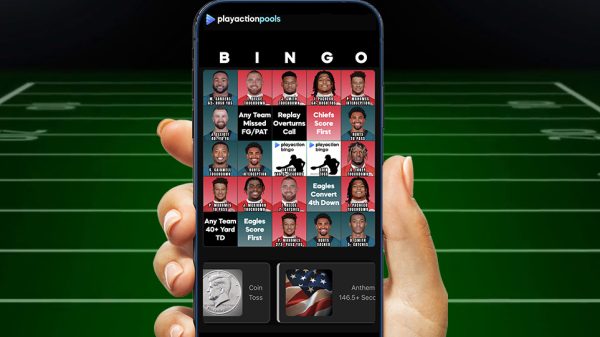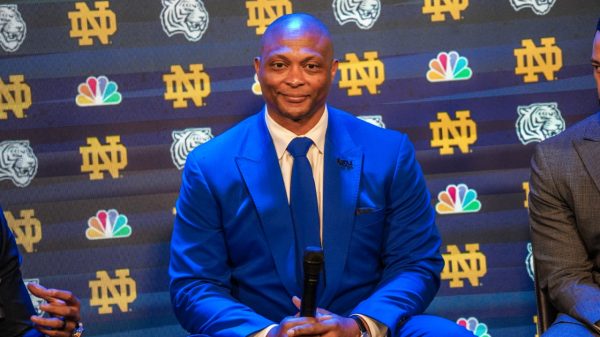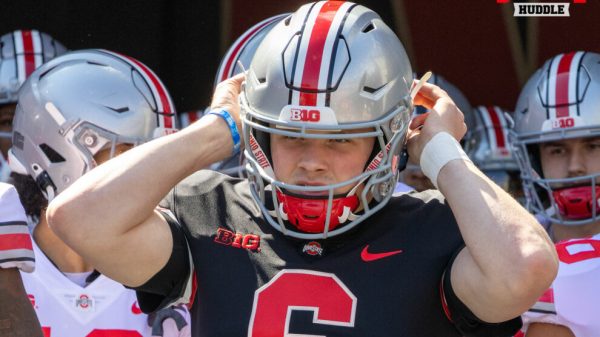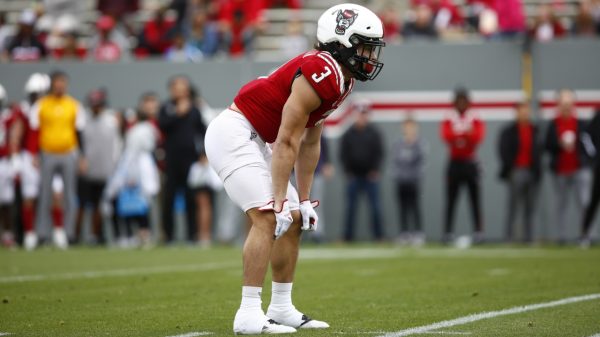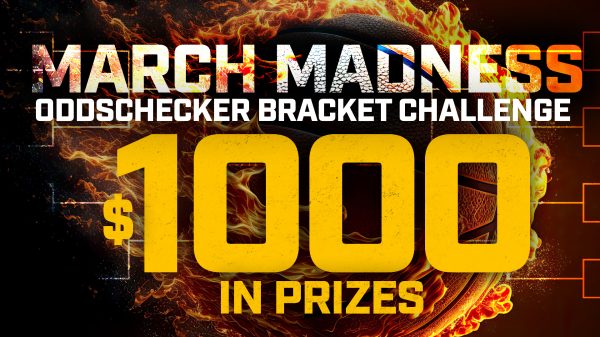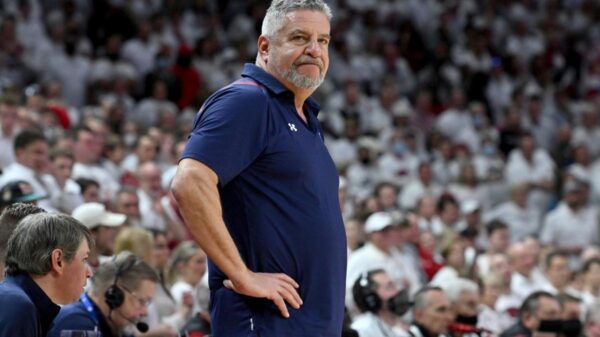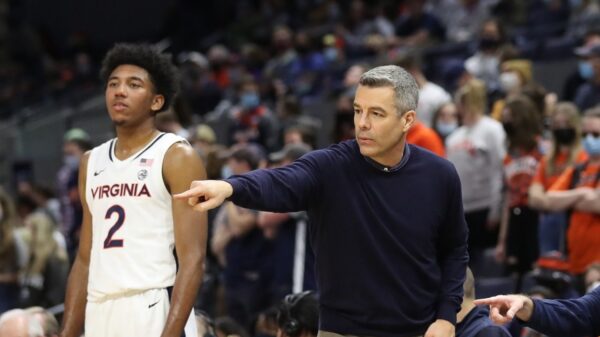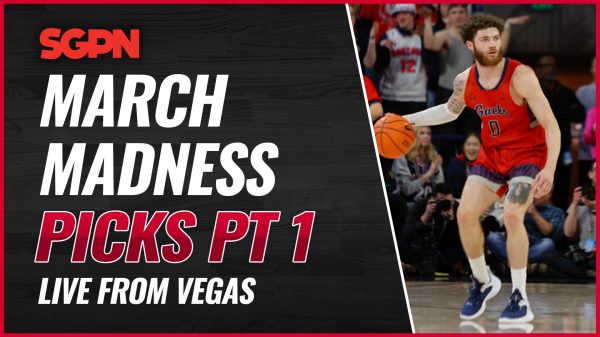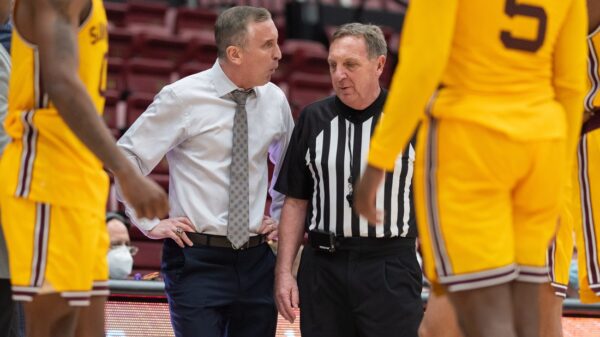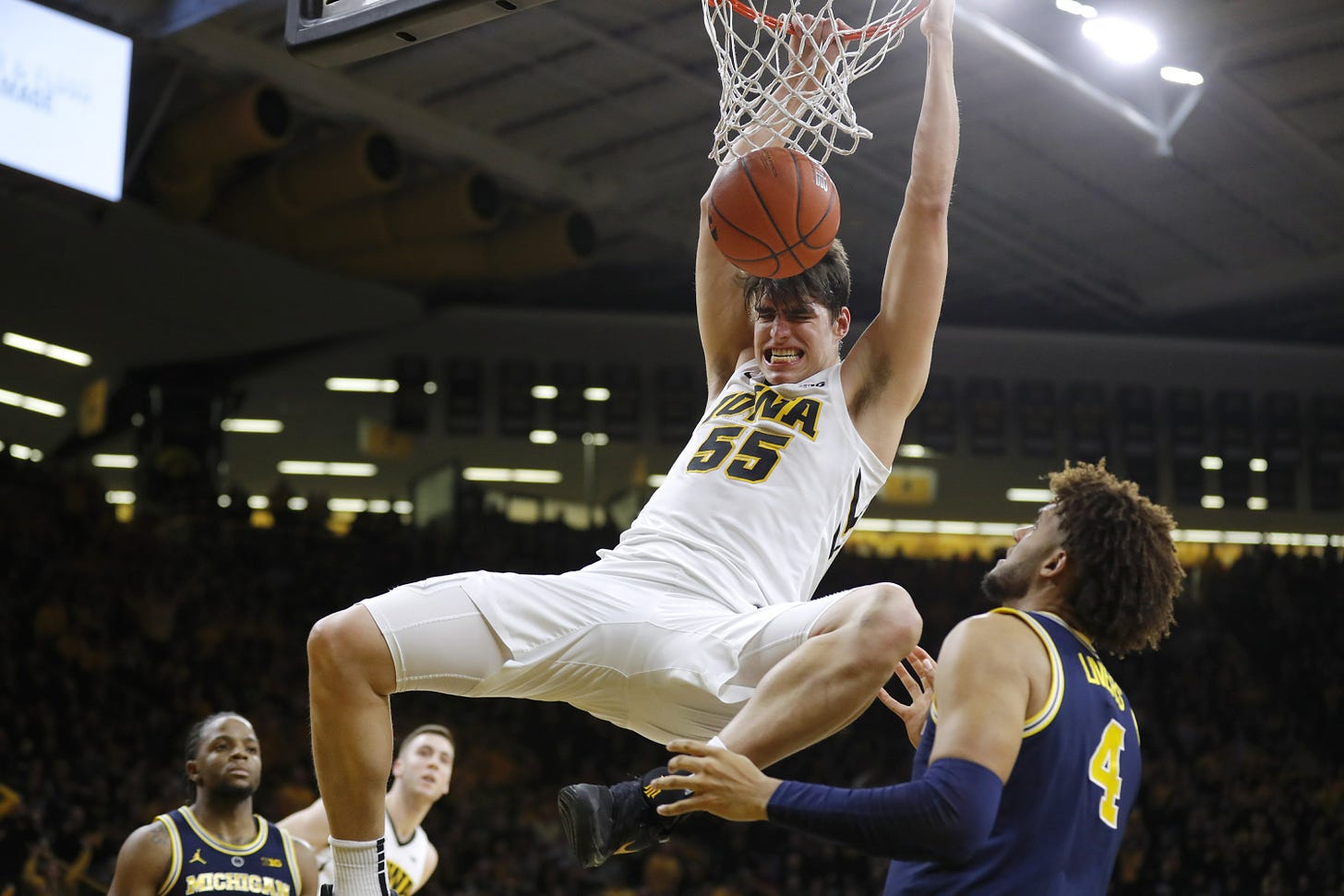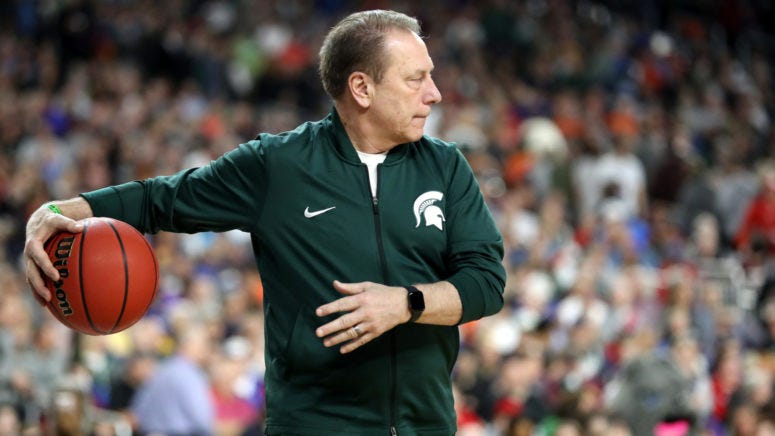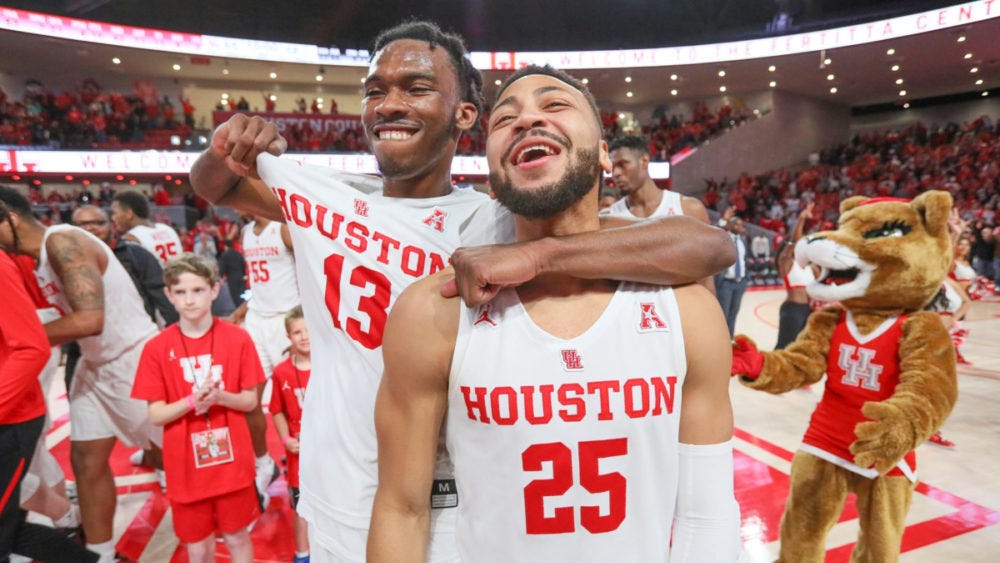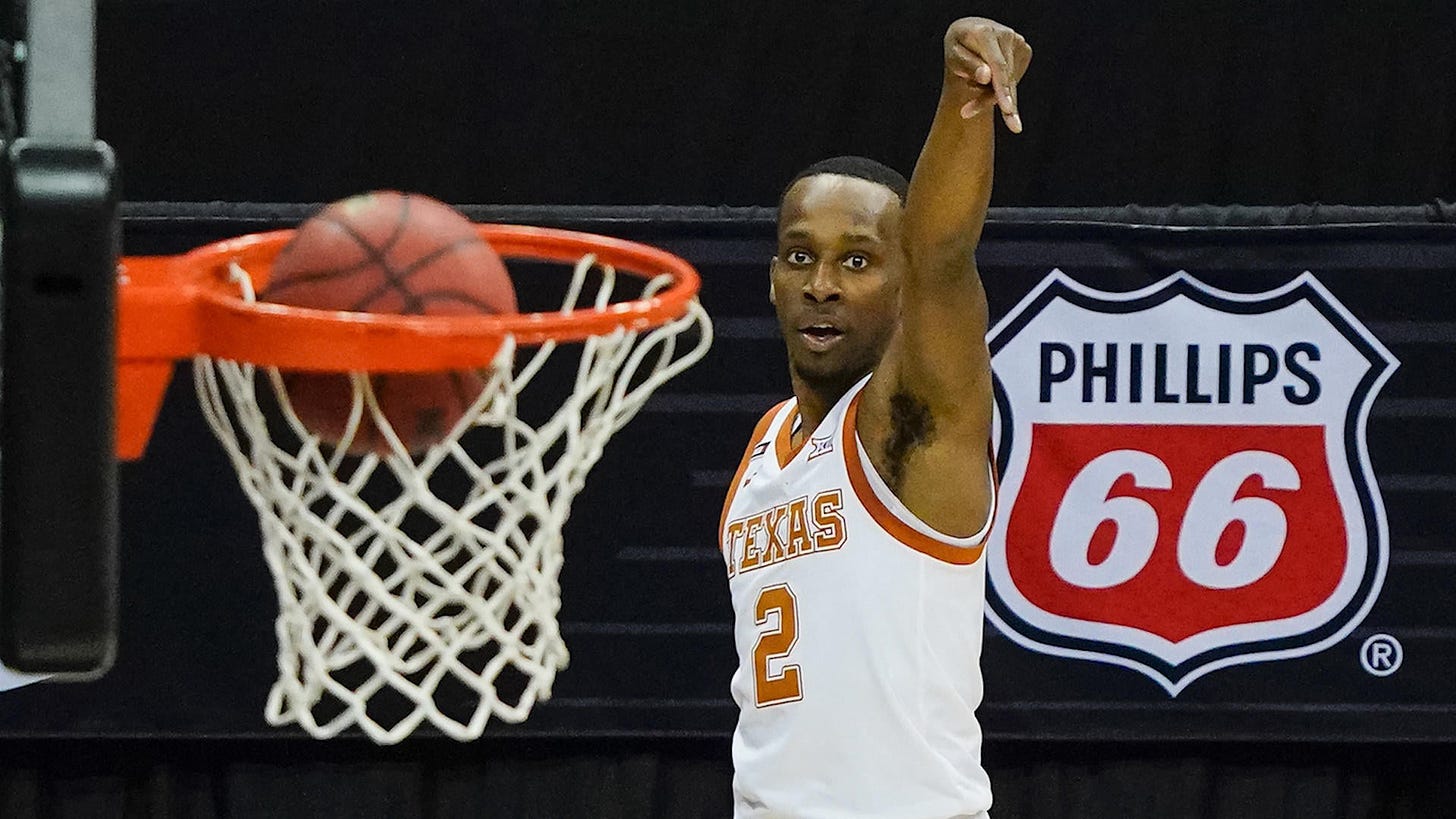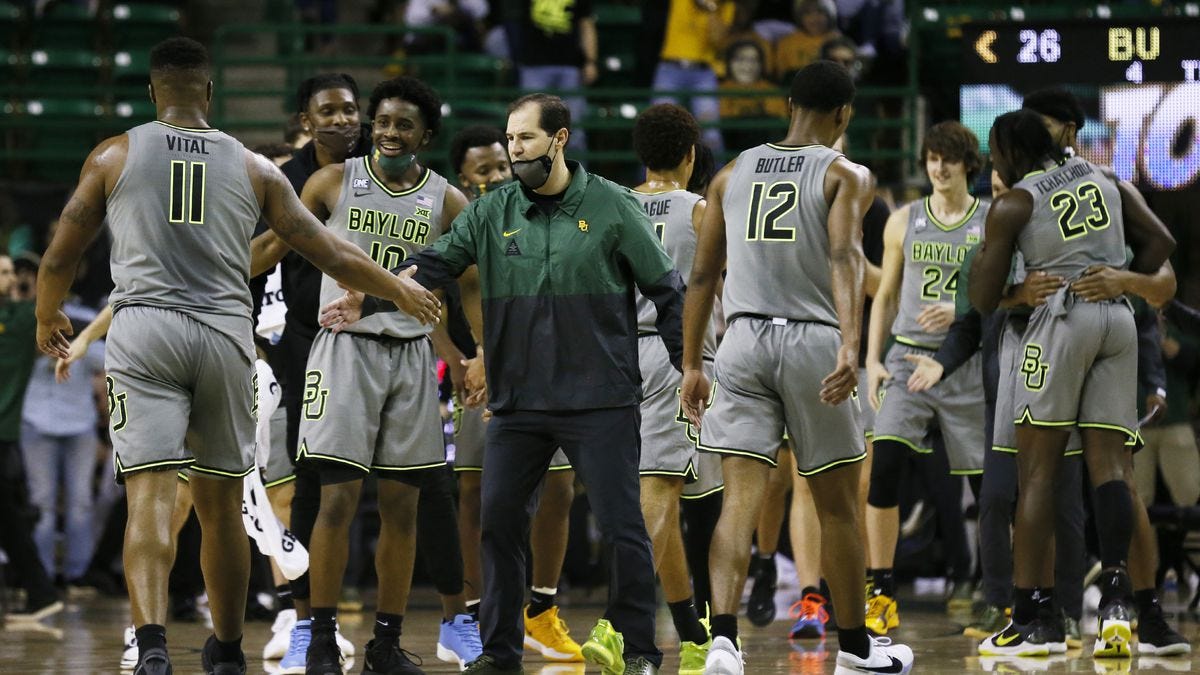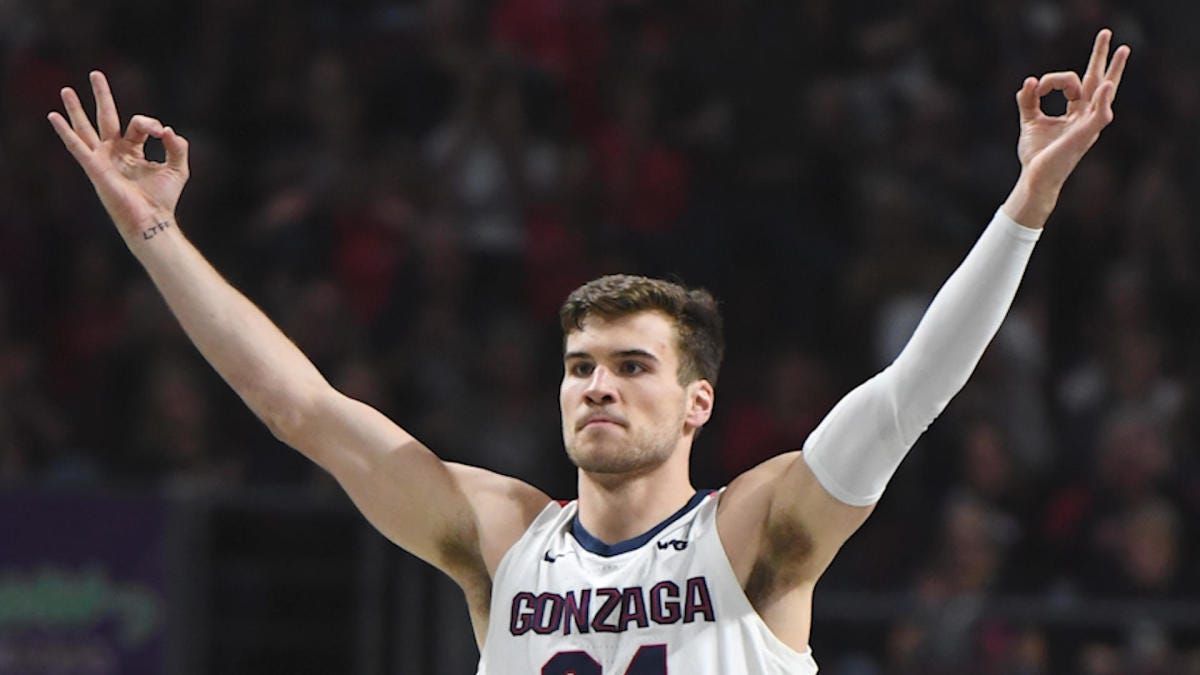The Bracket is out, March Madness is here and you’re ready to start working your way through it.
Whether you’re on your first iteration or preparing to submit your final sheet, let us work through your bracket and some strategy with you.
First, a disclaimer.
The goal isn’t to pick all 63 games correctly. The goal is to give you the best shot at finishing near or at the top of your pool.
Still, this isn’t a foolproof plan to win your bracket. March Madness is different every year. The impact of COVID-19, including the fact that the entire Tournament will take place in a single city and the possibility of forfeitures, add unprecedented variables for the 2021 version.
But, this guide should put you in a strong position for a good showing in your pool.
If you’re involving a child, spouse or anybody who is intimidated by the task or simply want to fill out your own sheet as quickly as possible, check out our Simple Pocket Guide, which will make submitting an informed bracket a breeze.
But if you want to see the reasoning behind our suggestions and call some audibles of your own, stay with us. We encourage you to stray from the rules here and there, but if you get too far off course, you’re on your own.
Before diving in, please check out this weekend’s Newsletter on the most important things to do before making a single pick.
Now, pull up KenPom.com, Massey Ratings, ESPN’s BPI, the NCAA’s D-I Stats Page and Pinnacle’s College Basketball Lines in separate windows.
Let’s go!!!
FILLING OUT THE BRACKET
This guide is based on pools that award bonus points for upsets. If you’re in a pool that awards exactly 32 points every round or something similar, then by all means, use this THIS STRATEGY and pick the higher-seeded team almost every time.
But, if you’re in a serious pool with rules that make sense, it’s important you understand how those bonus points work and factor them in when making decisions.
If you’re filling out this by hand, use a pencil because we will be erasing.
It’s important to understand the correlation between each round. There may be value in picking an upset you don’t truly expect when you have a higher-seeded team losing a round later.
Conversely, we’re pushing through some top-seeded teams without thinking twice even though they aren’t absolute locks because missing out on that potential value in later rounds could be crippling.
Historical percentages of each seed advancing through that round during Modern Era – 35 Tournaments since 1985 – are listed in parentheses.
“True Upsets” only include matchups between teams separated by more than one seed line. #9 over #8, #5 over #4, #2 over #1, etc. don’t qualify as “True Upsets.”
SPOILER ALERT
There are four teams that fit the profile we’re looking for from our NCAA Champion based on past data.
Not surprisingly, the #1 overall seed Gonzaga is one of them. #1 Illinois, #1 Baylor and #2 Houston are the others.
This isn’t to say you have to pick one of those four, but just a heads up that you may want to think twice before eliminating all of them if you don’t feel strong about a different champion.
ROUND 1
*Advance every #1 seed to Round 2 (99.3%)
*Advance every #2 seed to Round 2 (94.3%)
*Advance every #3 seed to Round 2 (85%)
That was the easy part. Now, we’re going to identify some upsets.
*Torn on an 8/9 matchup? Take the 9-seed (51.4%)
*Advance at least two #10 seeds (39.3%)
*Advance at least two #11 seeds (37.1%), at least one from The First Four
*Advance at least two #12 seeds (35.7%)
*Consider advancing one #13 seed (20.7%)
SUCCESSFUL PAST “UPSET” SPOTS
Lower-Seeded, But Higher Ranked In KenPom/Massey Ratings
Lower-Seeded Teams That Are Favored
9, 10, 11 Seeds Who Are Underdogs By 4 Or Less Points
Double-Digit Seeds In Top 50 Of KenPom Offensive Efficiency
Double-Digit Seeds With High Turnover Differentials
CLICK HERE TO SEE WHICH TEAMS CHECK WHICH BOXES THIS YEAR
NOTES
We’re advancing a minimum of 6 double-digit seeds. The average is about 6 per year and there’s never been more than 10.
#14 seeds can win in this round (15%), but their upside is severely limited when they get to Round 2 (1.4%), which is why we believe it’s bet is to push all the #3 seeds through. But if you feel strong about the #6 or #11 moving onto the Sweet 16, it’s OK to take a shot with the #14 if you sense a live dog (See below).
ROUND 2
*Advance every #1 seed to Sweet 16 (85.7%)
*Advance at least two #2 seeds to Sweet 16 (63.6%)
*Advance at least two #3 seeds to Sweet 16 (52.9%)
*Be sure your Sweet 16 includes a minimum of two double-digit seeds
Lean heavily on 10, 11 & 12s
10-seed (16.4%)
11-seed (15.7%)
12-seed (15%)
13-seed (4.3%)
Now, double-back to your First Round picks. If any of the double-digit seeds you have advancing to the Sweet 16 are beating a 3, 4, 5 or 6 seed in Round 2, consider the upside of picking that higher-seeded team to be upset in Round 1.
Example: Do you have #6 Texas Tech beating #3 Arkansas? Are you taking a shot on #12 Winthrop reaching the Sweet 16? If so, are #14 Colgate and/or #13 North Texas worth looks in Round 1?
NOTES
We’re picking a minimum of two true upsets and likely more with the prospects of #2s and #3s potentially losing to non-double-digit seeds. There are an average of 3.6 true upsets per year in this round. There’s never been more than 8 true upsets.
#1 seeds are absolutely beatable here, but we don’t believe it’s worth the risk. First of all, you’ve got a coin flip’s chance of picking the 8/9 first-round game correctly, bringing you down to about a 7-percent chance of accurately identifying this upset in Round 2. Unless you feel very confident in your upset here, the historic strength of #1 seeds is too great to ignore.
SWEET 16
It’s still OK to push the envelope a bit here, but don’t go crazy.
For the first time, we need to make decisions on the #1 seeds and their likelihood of advancing. About 70% of #1 seeds reach the Elite 8 historically. If you are going to pick a #1 seed to go down here, you probably want to be choosing a #4 seed in their place.
#4 seeds (15%)
#5 seeds (6.4%)
#12 seeds (0.7%)
#13 seeds (0.0%)
#2 seeds have a 45.7% chance of advancing in the Sweet 16 and then there’s another major drop to 25.7% for #3 seeds.
Don’t just go chalk here without seriously considering the middle seeds. There can be significant value in having a #2 or #3 go down, especially in regions where you know you’ll have the #1 seed marching onto the Final Four next round anyway.
#6 (10%)
#7 (7.1%)
#10 (5.7%)
#11 (5.7%)
Once again, double-back to your Second-Round picks. If you feel particularly strong about a specific 1, 2 or 3 seed reaching the Elite Eight, consider the value in picking its likely Sweet 16 opponent (4, 3 or 2 seed, respectively) to be upset in Round 2 if you haven’t already.
Example: Are you confident in #3 Texas reaching the Sweet 16? Do you trust us on #2 Houston making a deep run? Maybe it’s worth picking #7 UConn to upset #2 Alabama or possibly a trendy #11 Syracuse eliminating #3 West Virginia in Round 2.
NOTES
There’s an average of about 2 true upsets each year in the Sweet 16 round. There’s been as many as 4, but there have been 5 times when seeds held completely in this round.
ELITE 8
On balance, #1 vs #2 matchups have essentially been coin flips, so avoid the temptation of playing it safe and advancing all four top seeds to the Final Four. In fact, don’t do that. In 35 years, that’s happened just once.
Not surprisingly, Top 4 Seeds make up an overwhelming percentage of Final Four teams.
1-seed (40.7%)
2-seed (20.7%)
3-seed (12.1%)
4-seed (9.3%)
By now, we should have eliminated all the 5, 8, 9 & 12 seeds and we’re eliminating any 10-seeds (0.7%) at this point. No seed lower than 11 has ever made the Final Four.
But don’t be terrified to pull the trigger on another team outside of the Top 4 seeds if there’s one you like.
6-seed (2.1%)
7-seed (2.1%)
11-seed (2.9%)
Depending on the size of your pool, you probably don’t need to nail the Final Four perfectly to win. So, missing one here won’t kill you, but nailing an upset could put you in an extremely strong position.
And even if you do think you need to get all Four correct, you’re probably going to need a dart to do so. Only twice since 2009 have the combined seeds of the Final Four teams added up to less than 11, in 2015 and 2012.
FINAL FOUR
While you probably don’t need to go 4-for-4 in the Elite 8, there’s a good chance you’re going to need to hit both picks here to have a chance to finish first.
We’re really looking to advance two Top 3 seeds here. 58 of the 70 participants in the NCAA Championship over the last 35 years have been Top 3 seeds.
#1 seeds are 34-23 overall in Final Four games, winning 60 percent of the time when they make it, but #2 seeds are only 13-16, winning just 45 percent of the time.
While appearing in just a third of the total Final Four games as top seeds, the #3 seeds actually have a higher winning percentage when they make it this far, winning 65 percent of the time (11-6).
No other individual seed has made the Championship Game more than three times.
NOTES
12 non-Top 3 seeds have reached the final game in 35 years, so it can – and does – happen about a third of the time, but isolating who that will be is tough. If you have a strong opinion, it could set your bracket apart even before the final game.
But it’s risky.
NATIONAL CHAMPIONSHIP
While we see Houston as a legitimate title contender, it’s worth noting #1 seeds have won the National Championship 22 times. #2 seeds have won it five times and #3 seeds four.
That means there’s almost a 63% chance a #1 seed will win the Tournament. Not an overwhelming likelihood on its own, but when compared to the individual likelihoods of #2 seeds (14.3%) and #3 seeds (11.4%), it sure is.
We probably don’t have any other seeds in this game, but just so you know, non-Top 3 seeds have only won the national title four times and just once since 1997.
#7 UConn, 2014
#4 Arizona, 1997
#6 Kansas, 1988
#8 Villanova, 1985
Every other year, the champ has been a #1, #2 or #3 seed.
We’d like our championship pick to be in the Top 4 of ESPN’s BPI and the Top 6 of the Coaches Poll. These are the boxes only Gonzaga, Baylor, Houston and Illinois check.
We also want our champion in position to finish inside the Top 20 of KenPom’s Adjusted Defensive Efficiency. Illinois (#5), Gonzaga (#10) and Houston (#16) each satisify this factor, but there are some questions about Baylor as the Bears come into the Tourney ranked 44th in this category.
While it’s just one of 63 games we’re picking, it’s by far the most important. Your odds of winning your pool will be significantly diminished if you don’t get this pick right.
The further down the seed line you go to find your champ, the more you need to evaluate each step of their path and every characteristic possible.
An out-of-the-box pick could represent a boom to your bracket, but it could also be a quick bust to your March Madness Experience if they aren’t even able to make it to the second weekend.


